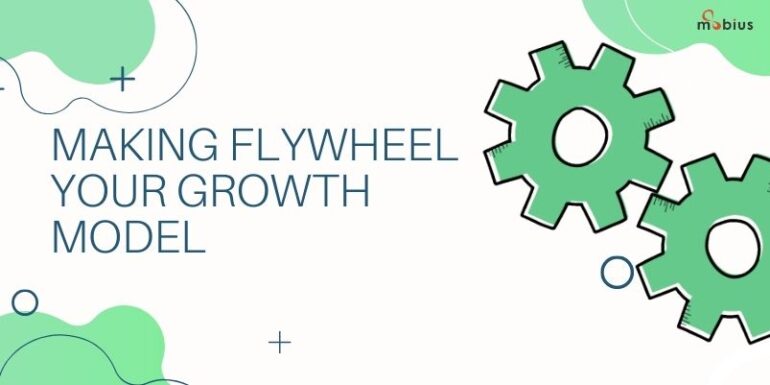Imagine taking a bicycle to jaunt through your neighborhood for a ride. You kick along a pedal to start with, a few initial strong strokes followed by some more pedaling. You see an uphill, you push even harder and drive through it. You are driving fast through the woods. You build the momentum, gain the balance, and are already gliding it well through the wind.
Now, if I were to ask which pedal made it possible to slide through the road, can you tell which pedal it was? Was it the fifth stroke? Or probably the eleventh?
You cannot tell that, right?
Since the momentum that you gain from pedaling is not because of a particular stroke but a collective action of stroking and pedaling.
This pretty much explains what the flywheel effect is all about.
Origin of the Flywheel model
Flywheel is a concept termed by Jim Collins in one of his books, ‘Good to great,’ adapted from one of the most significant inventions that paved the way through the industrial revolution— the steam engine. James Watt used a flywheel to store and release energy. The energy stored by the flywheel helped to spin the wheel (Ok, there is more physics to it, which I don’t want to get into now). But this science behind flywheel represents how a typical customer journey is or probably should be.
We have seen a huge evolution in the modern world of selling. By selling, I mean the experience that you give the customers for purchasing from you.
Businesses have been explaining the customer journey with funnels for some time, from attracting them to your product or service to pushing them through the funnel and converting them to customers. But it turns out “the funnel” does not help your business grow today.
To know why, head to TechMediaToday where this article was originally published.






